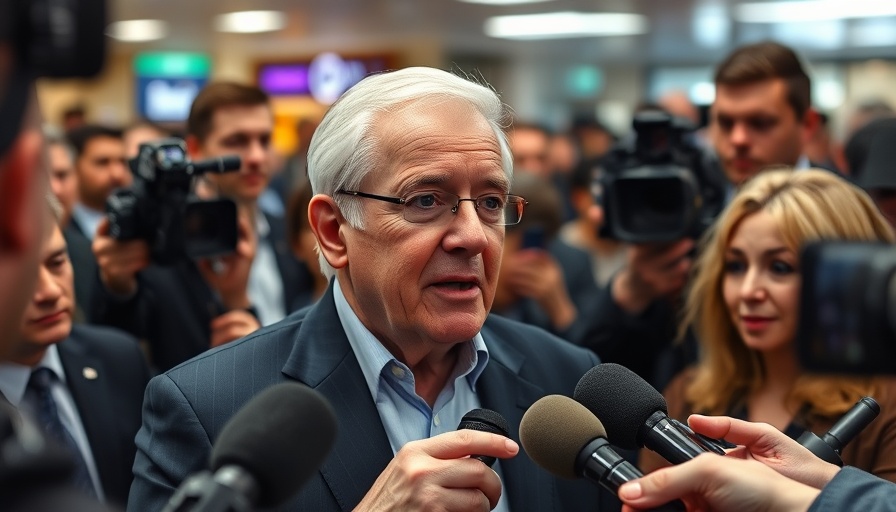
Sen. Rick Scott’s Fight Against Senior Scammers
In a swift response to the alarming escalation of financial scams targeting older Americans, Senator Rick Scott of Florida is spearheading a bipartisan measure aimed at fortifying local and state law enforcement's ability to fight this growing menace. Just last year, it is estimated that scams cost seniors over $5 billion, underscoring an urgent need for effective legislative action.
A Closer Look at the GUARD Act
Introduced alongside fellow Senators Katie Britt and Kirsten Gillibrand, the Guarding Unprotected Aging Retirees from Deception (GUARD) Act is designed to provide critical tools and resources that law enforcement can leverage to combat these sophisticated fraud schemes. Scott emphasized the necessity of empowering local authorities with advanced technologies, such as blockchain tracing, already wielded by the Department of Justice to recover substantial amounts of stolen funds.
Building a Stronger Defense Against Fraud
The GUARD Act aims not only to enhance technological access but also to foster cooperation between federal and local agencies. This collaborative approach is crucial in tackling the complexities of crimes that often go unreported due to the hurdles faced by local authorities. By expanding federal grant programs for specialized training and providing vital resources, the Senators hope to bridge existing gaps.
Broader Implications for Seniors
As fraud continues to evolve, so do the strategies used to combat it. The consequences of financial scams reach beyond mere monetary loss; they significantly impact the emotional well-being and trust of those affected. “Every day, scammers target our seniors,” Gillibrand remarked, spotlighting the vulnerability faced by this demographic.
The Need for Vigilance
In light of the rise in financial scams, community awareness campaigns, such as the national "Slam the Scam Day," focus on educating seniors about potential threats. This legislation, while a step in the right direction, emphasizes a collective responsibility—families, communities, and law enforcement must collaborate to shield seniors from these deceptive practices.
 Add Row
Add Row  Add
Add 



Write A Comment